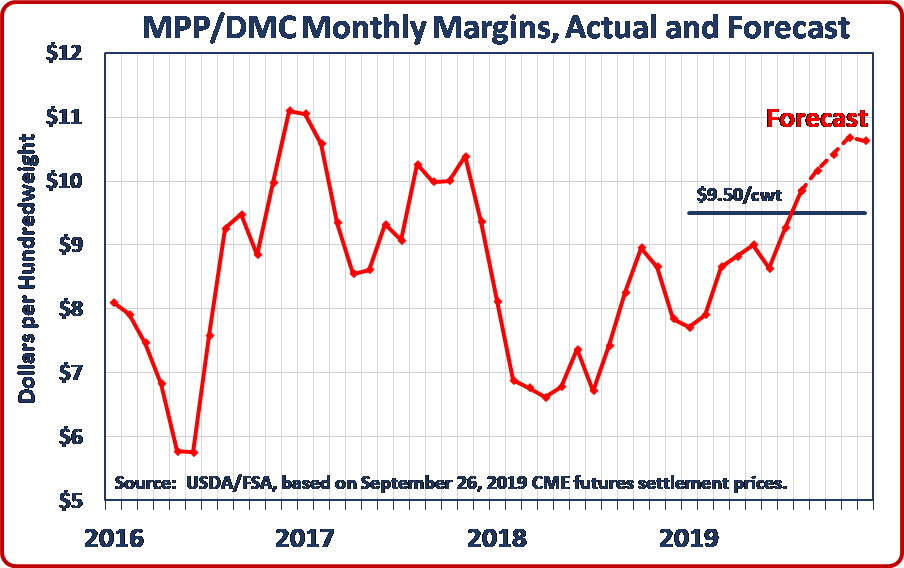NMPF regulatory expert and staff counsel Clay Detlefsen spoke about the importance of maintaining the integrity of the standards of identity and the unintended consequences of horizontal standards at a meeting hosted Sept. 27 by the U.S. Food and Drug Administration (FDA) soliciting input on the creation of horizontal standards across all categories of standards of identity.
So-called “horizontal” standards would allow the FDA to make sweeping changes to food standards of identity across categories. Proponents argue such standards would allow manufacturers to innovate and produce more nutritious versions of standardized foods. Detlefsen urged caution, noting the unintended consequences of across-the-board changes.
Of more than 280 standards of identity, 95 are for dairy products, Detlefsen said. If a change to one is a change to all, unforeseen results could be seen in any number of the other 280 foods, he said. For example: FDA has proposed allowing vegetable oils to be used where animal fats are currently used because of their so-called “healthier” nature, opening the door, for example, to olive oil substituted for animal fat – with an end result being an inferior-quality ice cream that has no cream in it.
“When dealing with 280 very different standards, and the intention is to improve one, such changes may not be transparent when applied to different foods, and stakeholders could be deprived of a proper opportunity to weigh in,” Detlefsen said. “Further, in many cases the real motivation for change could be to make the product cheaper.”
NMPF suggested that if any changes possibly could be limited to foods that are similar, such as grouping all dairy together or all cheeses.
The meeting, which took place on September 27th, was held as part of the agency’s comprehensive, multi-year nutrition innovation strategy. FDA wants to modernize the standards of identity to:
1) protect consumers against economic adulteration;
2) maintain the basic nature, essential characteristics and nutritional integrity of food;
3) promote industry innovation and provide flexibility to encourage manufacturers to produce healthier foods.
The meeting included a history of the standards of identity, and three breakout sessions on innovation, nutrition, and consumer expectations where participants were free to share their opinions on the topics.






